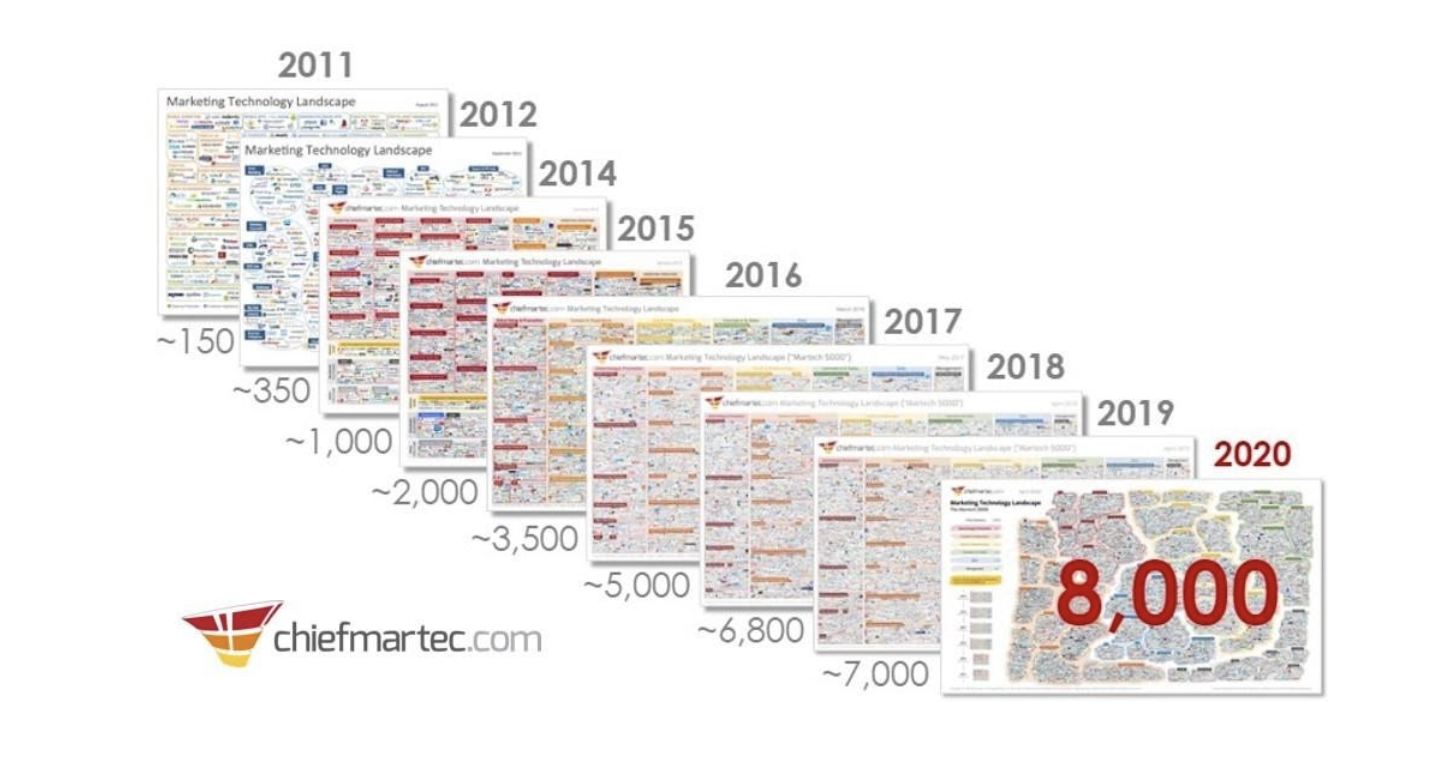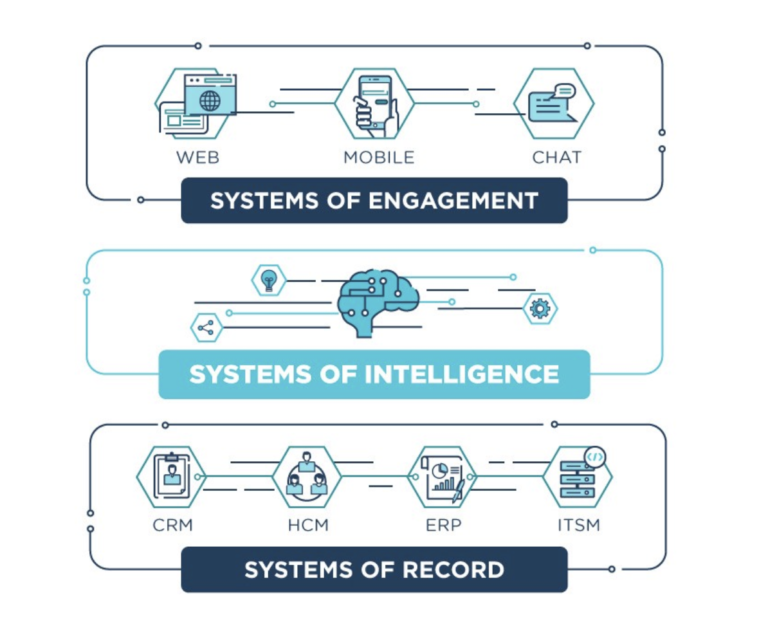By Patrícia Osorio, co-founder & CMO – Birdie.ai
As someone who has been working in the Marketing Technology space for more than 12 years serving manufacturers and retailers in several industries, I was one of these people who closely saw the famous ChiefMartec landscape grow from a few hundred companies to about eight thousand in 2020.

That picture alone makes it impossible to say that lack of technology is a problem. There are plenty of tools available for every piece of automation needed for an omnichannel experience, whether it’s for purely marketing aspects such as ads, social, and CRM, or for business aspects like logistics and payments. But we still see a lot of companies struggling to deliver a modern buying experience to their customers.
Part of that can be explained by the simple fact that the decision-makers at retailers are humans, and, as humans, we fear the new: according to Everett Rogers in his book Diffusion of Innovations, only 2.5% of people are really pioneers in adopting innovation. Everyone else resists, on different levels, until it becomes something inevitable and present everywhere.
With COVID-19, that friction was suddenly eliminated for both retailers and consumers: companies of all sizes were forced to rethink their services, products, and deliverables, and consumers who’d prefer to buy offline were forced to experience online shopping for their own safety. This unexpected and ongoing change in consumer expectations and needs regarding safety, convenience, and time puts retailers in a situation where they finally need to learn how to manage customer data once for all. And that brings us to the missing link for a great buying experience today.
In a recent article, the Economist quoted one of the biggest consequences of COVID-19 will be the “infusion of data-enabled services in more and more aspects of our lives.” Capturing consumer data has become something almost natural for brands, especially with loyalty programs, customer service tools, and survey and review management solutions. But as the amount of data grows, retailers start to struggle with processing that data in a useful way to a point they can’t make a decision: studies show that up to 80% of an executive’s time is spent trying to analyze data, while only 1 out of 5 believe they have the right tools for it.
That’s why I believe the next big wave of retail innovation will be related to data management, and will be led by the early adopters of Systems of Intelligence. The term was coined by Greylock Partners to explain an additional layer to all the technology that already exists today. This layer is responsible for connecting systems of record (a CRM or ERP platform) and systems of engagement (Customer Service tools or any messaging platform, for example).
Have you ever heard of the term “data is the new oil”? A lot of people use it to express how valuable data is. What they don’t know is that when Clive Humby said it, back in 2006, his main intention was to explain that data is not valuable unless it is correctly refined. And that’s what systems of intelligence do – they make it easier to access and analyze different data from sources that are already available to most companies in order to easily generate insights.
Those systems can be used in several areas of a company, from operations to payments, but one of its key applications is in marketing: it can help companies understand consumers’ perception at scale, helping them learn not only about their competitors, but also to discover how they can improve the buying experience across different channels. That is done by platforms that automate the collection and analysis of data from places such as e-commerce reviews, social conversations, FAQs in discussion forums, customer service tickets, etc. to quantify and compose a full view of the customer journey with granular insights that allow companies to actually use them. And that’s why it is so essential to ensure a seamless experience.
Just like technology, there’s not a problem in accessing data. The problem now is our ability to use it the right way, establishing processes that connect different subsets of data and extract value out of it. Hopefully executives won’t take that long to figure it out and start experimenting it now.
About the author

Patrícia Osorio is the co-founder & CMO of Birdie, a venture-backed insights-as-a-service startup that is helping consumer brands get real-time consumer insights from unstructured data to predict category trends, anticipate product crisis, and discover promotional opportunities in key retail channels.
Related Articles

7 Employee Benefits That Can Help Your Business Increase Staff Retention
With so many businesses vying for the attention of skilled job candidates, it’s becoming more important to look for ways to make your offerings more appealing by adding unique perks that not every employer does.

How Retailers Can Prepare for the Summer 2025 Shift
Rather than focusing on isolated touchpoints or departmental KPIs, journey management provides a way to understand where the most critical pain points lie and how to resolve them systematically across the business.

Retailers Are Drowning in Data – Journey Management Could Be the Lifeline
Rather than focusing on isolated touchpoints or departmental KPIs, journey management provides a way to understand where the most critical pain points lie and how to resolve them systematically across the business.

How Entertainment is Shaping the Future of Retail Spaces
The traditional retail anchor is being redefined. Large department stores once dominated most shopping centers. Now, concepts like food halls, upscale restaurants, immersive cinema experiences and gaming venues are taking center stage.



 for the latest news and job opportunities in retail tech
for the latest news and job opportunities in retail tech 